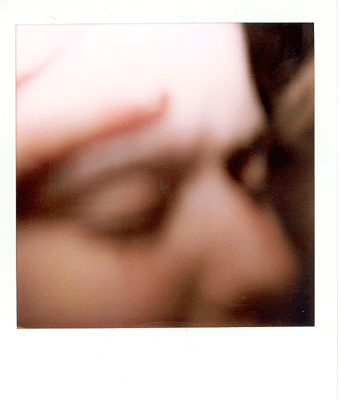
She is still quite calm, quite lovely still, though she jerked her head just as this initial photograph was being taken. At this stage in the photography session which I had compelled her to attend against her will, she still harbored a belief in the power of reason—in her ability to, as she had done two years prior, talk her way out of any situation, even if, within that situation, yours truly seemed to be losing so-called control.
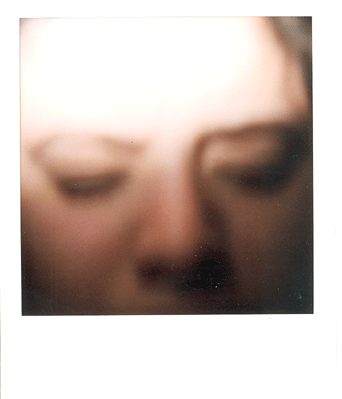
I spent several several hours listening to her, proving myself implacable, not taking a single photograph, waiting for the precise moment depicted in the shot above, the moment when she realized there would be no talking herself out of this particular situation. Notice the vein pulsing to one side of her forehead, her closed eyes, her intense dismay.
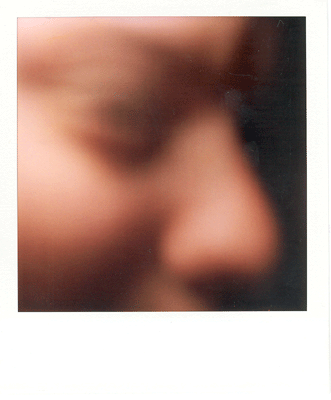
She held that posture of dismay for quite some time. I could not resist another shot, not knowing whether or not it would be a shot I would discard or if I would perceive it as part of the sequence. As you can see, I have included it.
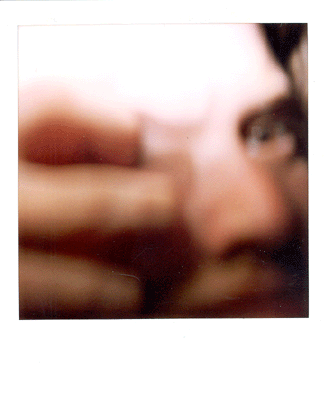
And, here again, a transformation, her fist clenched over her eye, a gathering rage. A moment after the photograph was taken, her fist snapped toward me. One must admit, she really does have a remarkable face, remarkably expressive. After my first photography session with her, one can see why I felt dissatisfied with other models, why I chose to continue to try to convince her to work with me for so many years.
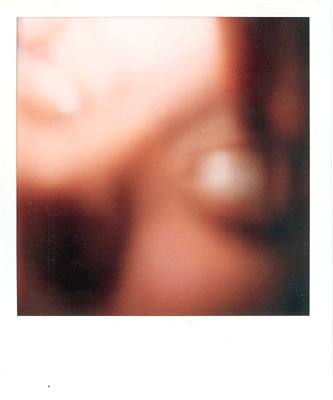
At first I thought the photograph ruined by the force with which she struck me just as I was taking it. In retrospect, despite the blur her eye remains—despite seemingly being emptied out—remarkably provocative, glistering. Even through the blur she cannot help but be what she is. And, as you will soon see, it was a premonition of things to come. Nevertheless, in order to maintain control over the artistic object, to let myself rather than her blows control the graininess and blur of the photographs, I chose, seconds after the photograph was taken, to administer the injection. Slightly earlier than planned, but not so early as to compromise my vision.
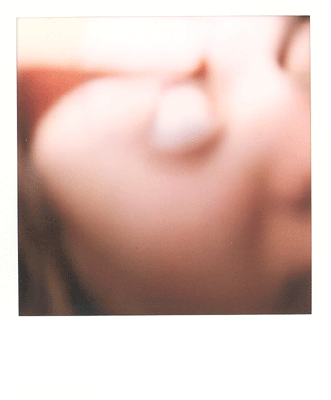
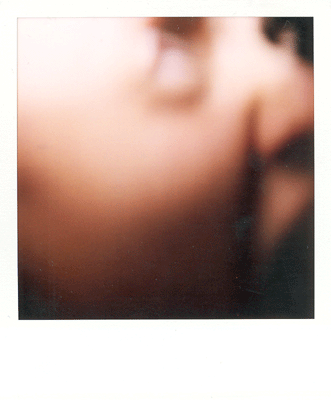
When I had purchased the drug (a purchase made, admittedly, under shady circumstances), I had apparently not been informed in detail of its subsidiary effects. I was thus surprised when her breathing became shallow, her facial muscles stiffened, and her eyes seemed to turn about to face the inside of her skull. At first, I thought the photography session would have to come to an end, that the project had been ruined. But, after sitting some time, cradling the camera in my lap, watching her lie motionless on the floor, I came to the conclusion that, no, it was not that the project would have to end, only that it would have to transform itself. I had initially intended to make the subject of the remainder of the photographs her body entire (manipulating it in a fashion that she would doubtless describe as my losing control), but now, her eyes blank yet somehow still expressive, her facial muscles rigid, I understood that I had begun with the face and that, to finish, with the face I must remain.
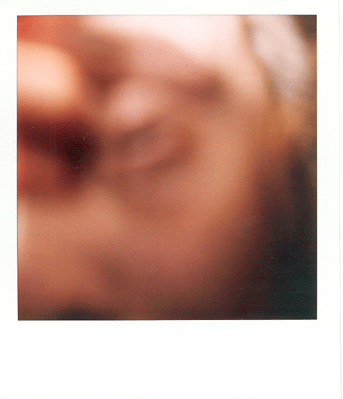
I was concerned that despite her paralysis she might be in a certain amount of pain. At the same time, I was engaged in my art, realized that I would have to allow the drug to run its course. I tried to push my concerns from my mind, to stay focused on the matter at hand.
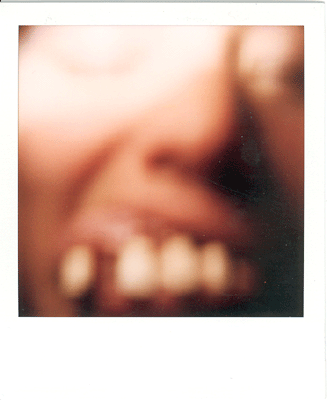
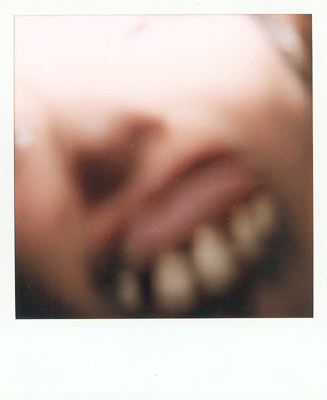

I had never seen the inside of her mouth before. As her facial muscles tightened and lips curled up, I must admit that I found her teeth as fascinating as her eyes, expressive in quite a different way. The difference between her exterior beauty and her interior deformation both terrified me and excited me. She was much more than I had ever expected. I had been right to pursue her for so long, had been right, when she tried to flee, to insist on her participation.
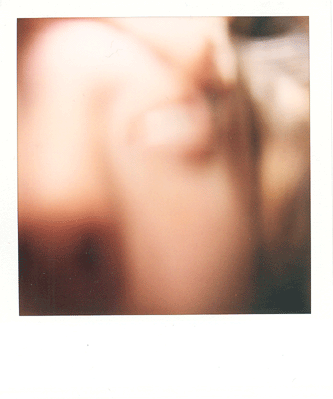
That the drug itself did more than it should, that with the passing hours I have not yet been able to revive her, can hardly be considered my fault but due to the negligence of he who sold the drug to me. As it is, I sit beside her writing this, checking periodically to see if she is still breathing. She still is. It is still January, late in the day, the month almost gone. It is dark and gray outside, the landscape crusted with ice. From my window it feels as if the whole world is paralyzed. I will stay with her until she awakes and then, perhaps, we shall begin again.